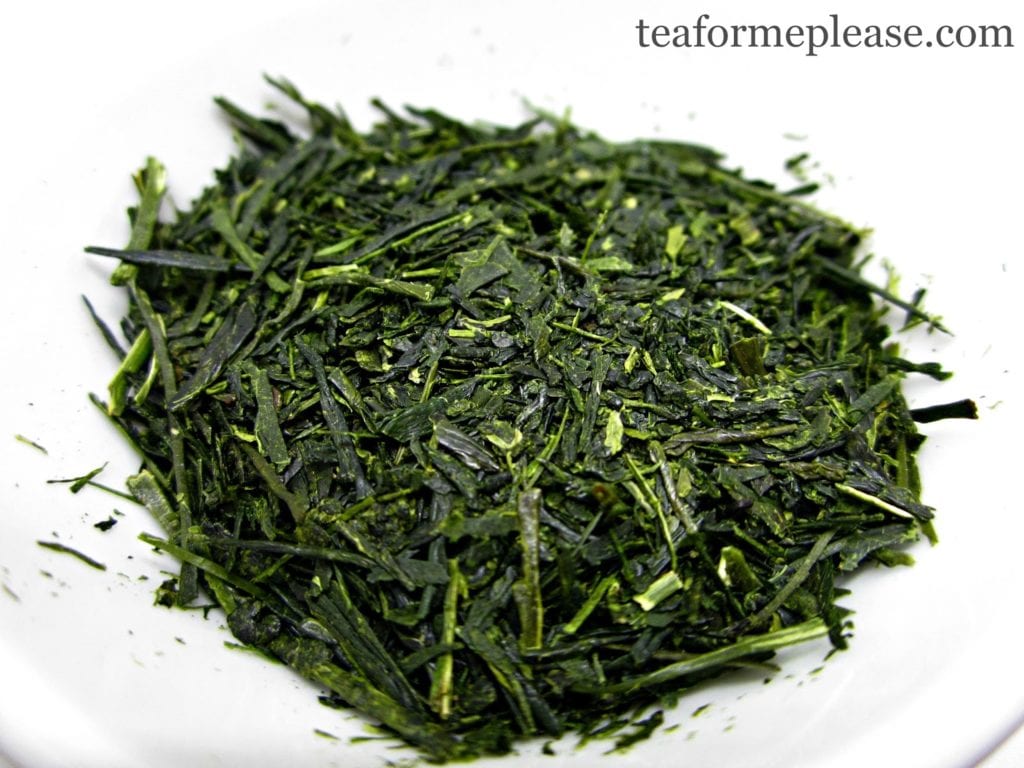This is the fifth post in a series where I will be breaking down each of the steps that tea undergoes, from leaf to cup. Check out last week’s post to learn about how tea is oxidized.
What is fixing?
Simply put fixing is the process of stopping oxidation using heat. You might also see it referred to as “killing the green” or shaqing. During this step, the enzymes that cause oxidation are denatured. Think of the apple sliced that we used as an example for oxidation. When that same apple is baked it will stop turning brown. Similarly, heating tea leaves will stop them from becoming black tea.
Fixing can be achieved in a few different ways.
Pan Roasting – the leaves are carefully heated in a dry wok for Chinese green teas. This usually imparts a toasted aroma to the leaves.
Steaming – the most common method used for Japan green teas. This can range from light to heavy and enhances the marine qualities of the tea.
Tumbling – large heated cylinders are commonly used to stop the oxidation process for oolong teas.
Baking – an oven-like machine can be used to heat the leaves to an appropriate temperature
Blanching – the leaves are scalded with boiling water, just as you would while cooking vegetables
Sun Drying – heat from the sun can also slowly denature the enzymes in tea leaves

Which teas undergo fixing?
Every type of tea undergoes fixing of some kind. White tea is traditionally sun-dried, though you will find examples that dried through baking or the use of hot air. Green and yellow tea are fixed after a brief withering step. In the case of yellow tea, the leaves may be wrapped and then pan roasted multiple times before the final drying.
Oolong can range from as low as 8% oxidation all the way to 80%. The tea maker needs to stop the process at exactly the right moment for the type of oolong that they are trying to make. For “fully oxidized” black teas, the drying step serves to arrest oxidation as well as to remove any lingering moisture that is left in the leaves.
Puerh is a bit of an outlier in that it is pan roasted as well as sun-dried. The degree of roasting is milder than green tea which allows the enzymes to remain active. Their activity is slowed considerably, which is how this type of tea is able to age over time.

